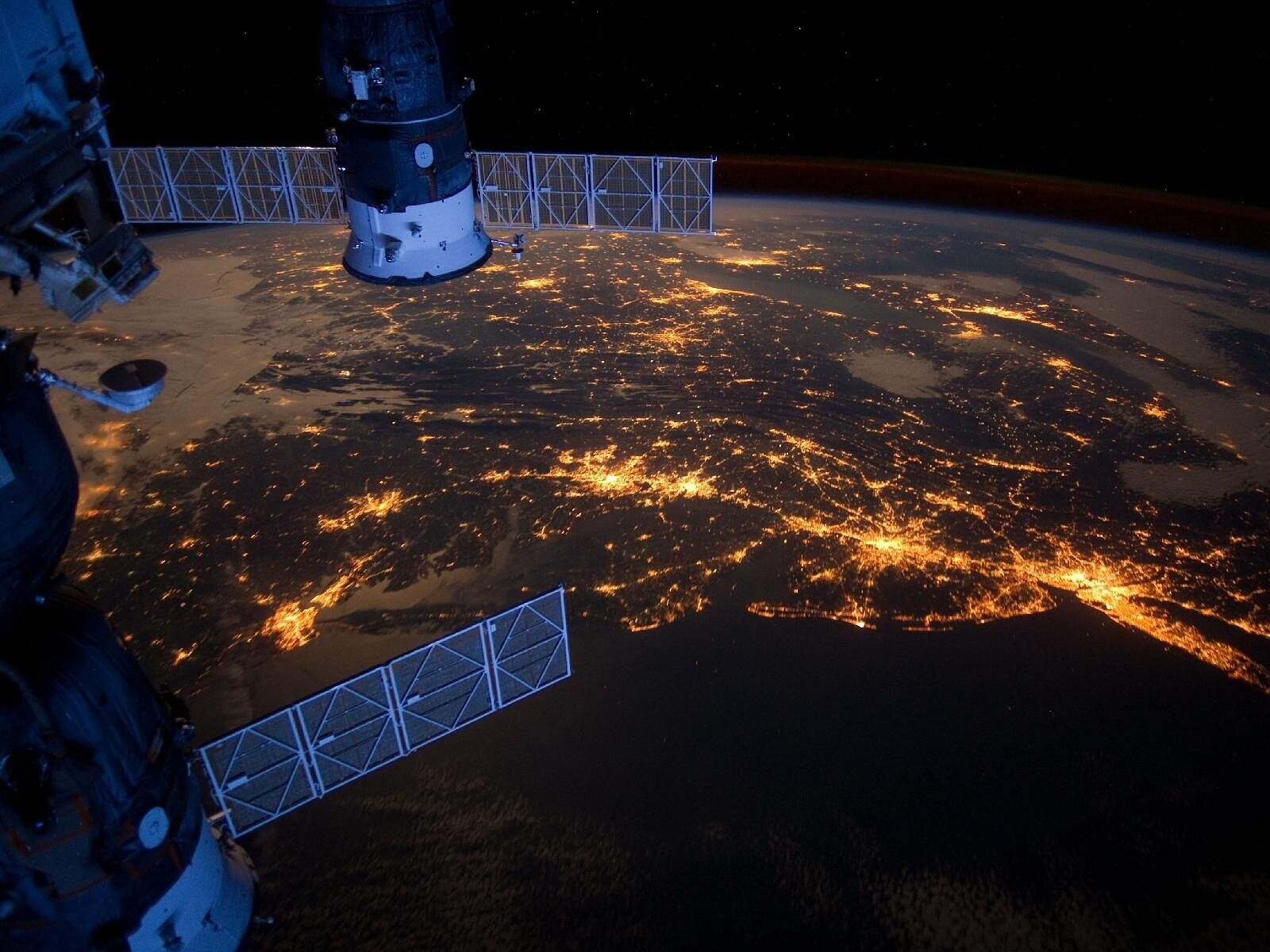While launch capabilities often grab headlines, the most transformative innovation lies in what spacecraft do once they reach orbit. Autonomous spacecraft—think self-driving cars of the cosmos—represent this frontier. Despite a decade of progress in autonomous ground vehicles, space has lagged, not due to technological shortcomings, but because mission planners are naturally risk-averse spacenews.com+7spacenews.com+7spacenews.com+7.
Why conservatism persists
Space missions come with high stakes and price tags. A single failure can cost hundreds of millions, making conservative designs the default. Yet, as commercial space ramps up, this caution is becoming a liability.
Scaling challenges
Operations like rendezvous and proximity maneuvers (RPO) exemplify the limitations of current methods. Ground teams only have fleeting LEO communication windows—about 10 minutes every 90—leaving spacecraft to operate blind the rest of the time. It’s akin to performing delicate ballet at Mach 7. The workaround—constant relays and full-time engineering teams—is prohibitively expensive and unscalable in the era of mega-constellations spacenews.com.
Learning from setbacks
High-profile failures like NASA’s 2005 DARPA SatNav mission have cemented a cautious culture. As a result, most autonomy efforts have been piecemeal—ground-tested subsystems slowly integrated rather than revolutionary end-to-end systems deployed spacenews.com+2spacenews.com+2spacenews.com+2.
The tech to crack
To deliver truly autonomous spacecraft, we need onboard systems that can:
- Plan fuel-efficient orbital transfers autonomously.
- Detect and identify nearby objects from afar.
- Interpret onboard visual data to navigate relative to targets.
- Safely execute proximity maneuvers and course corrections.
- Self-diagnose and recover from deviations.
These capabilities require advanced algorithms that operate reliably in space’s harsh, communication-limited environment en.wikipedia.org+2spacenews.com+2arxiv.org+2spacenews.com+9spacenews.com+9arxiv.org+9.
Shifting the paradigm
The momentum is shifting—constellation-scale operations demand autonomy. Bridging the gap requires robust ground simulations and staged in-orbit demonstrations. High-fidelity test environments (zero-g facilities, vacuum chambers) and incremental flight trials can validate systems step by step spacenews.com+3spacenews.com+3spacenews.com+3.
Governments can play a pivotal role by funding and de-risking these advances. Academia contributes foundational AI and autonomy research, but only partnerships with aerospace primes and startups will scale systems integration and flight validation spacenews.com. Countries like Australia, with institutions such as the University of Sydney and University of Adelaide, are already making strides and can lead in niche autonomy areas spacenews.com.
Why autonomy matters
Autonomous systems promise to:
- Cut mission costs by reducing remote monitoring burdens.
- Enable complex operations like on-the-fly mission changes impossible under current control models.
- Reduce failures due to human error—no more “PEBCAK” mishaps spacenews.com.
With commercial pressures mounting, those who pioneer safe, reliable autonomy will shape space operations standards.
To close…
The future isn’t if autonomous spacecraft become the norm—it’s how fast and who leads. Overcoming the ingrained caution requires bold testing, smart partnerships, and a willingness to learn. As autonomy shifts from optional luxury to operational necessity, the space industry’s next leap depends on shedding conservatism.
